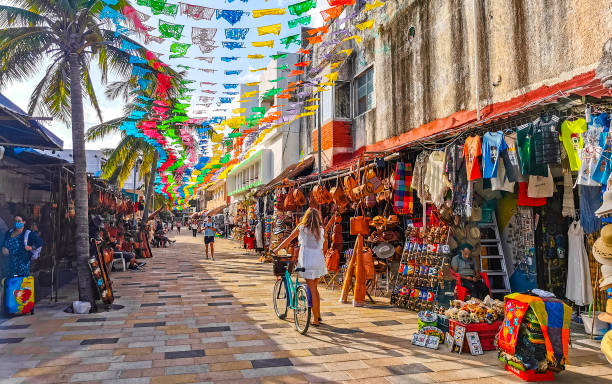Introduction
Mexico, the second largest economy in Latin America, has been an important trade partner since Mexico is located in North America and acts as a gateway to South and Central America to the United States. But the question that lingers is: Can Mexico be classified as an emerging market today? In the years Mexico has boasted itself in the aspects of growth, infrastructure and standardization of the middle-class population, but Mexico has not moved beyond these hurdles of development.

This paper aims at answering the following questions: Is Mexico still an emerging market? What is the driving force of growth in the Mexican economy? And how this country fits into the global economy.:
Defining an Emerging Market

However, in order to provide an analysis of Mexico first, it is important to define what actually comprises an emerging market. An emerging market is a country that is in the process of moving from being a least developed country from the underdeveloped category to a developing country and or developed country with enhanced industrialization and better standards of living. These economies are characterized by:
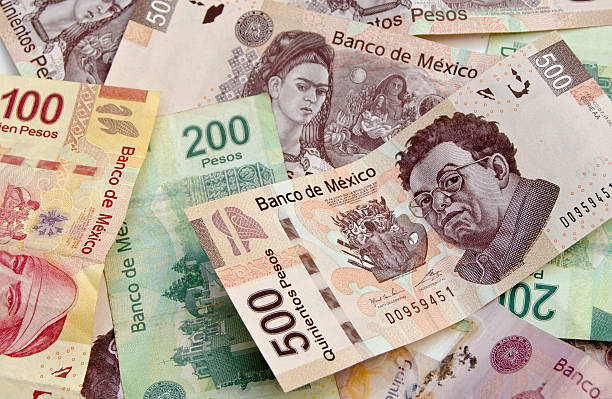
- High Growth Potential: Industrialisation is usually accompanied by a rapid increase in the Gross Domestic Product in emerging markets.
- Political and Economic Reforms: These countries tend to undergo fundamental changes for supporting business and commerce.
- Expanding Middle Class: Another characteristic feature of emerging markets is the increasing tendency of a middle class in terms of purchasing capacity.
- Integration into the Global Market: The selected emerging markets are important regions for international trade and investment.
Mexico’s Economic Landscape

Mexico is among the leading Mexican economies that has posted good results in manufacturing, oil production, agriculture and services. Over the years, its economy has been known to be quite stable, and despite some of the challenges that are associated with economic development, such as the Global economic crisis, shocks in oil prices and in this current period, the COVID-19 pandemic. However, does this resilience make the market qualify for an emerging market?
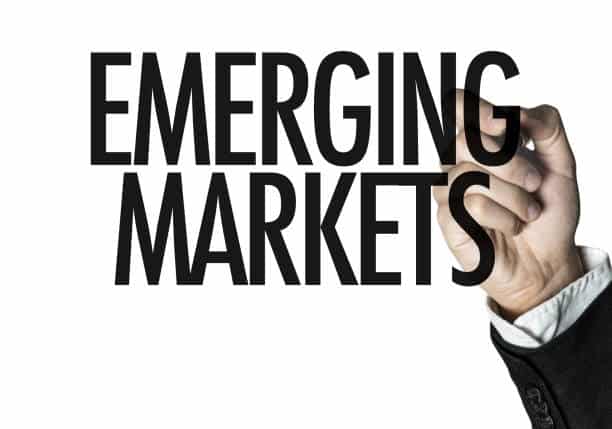
Key Economic Indicators of Mexico
| Indicator | 2023 Value/Status | Insights |
| GDP Growth Rate | 3.1% (2023 forecast) | While steady, Mexico’s growth has slowed compared to other emerging markets |
| Inflation Rate | 4.79% (2023) | Controlled inflation, but higher than developed economies |
| Unemployment Rate | 2.8% (2023) | Low unemployment, showing recovery from the pandemic |
| Foreign Direct Investment (FDI) | $30.7 billion (2022) | Mexico remains attractive for foreign investments, especially in manufacturing and energy |
| Middle-Class Expansion | 42% of the population | Growing middle class, but poverty levels remain a concern |
Trade and NAFTA/USMCA
This paper has found that USMCA, formerly known as NAFTA, is an essential part of the Mexican economy that connects the country to its partner countries in the Americas- the United States and Canada. Thanks to this framework, Mexico has become a manufacturing hub for NAFTA partners, especially for automobiles and electronics, which does not even have to pay tariffs for imports of products from its neighbors.

But relying on the economy of the United States has had its advantages and disadvantages. While it has advantages to locate to the south of its neighbor to enjoy the flows of investment and trade, it is at the same time exposed to the movements and policy changes of its neighbor.

Industrial and Technological Growth
The manufacturing industry anchors the industrial sector which is among the largest in Latin America according to data. The other contender that has emerged as an emerging counterpart to China is Mexico; especially now that everyone is considering looking for new places to source their products from. The improvement of automotive, aerospace, and electronics has result in the enhancement of this new paradigm.

Mexico is also growing rapidly in the IT sector, and states like Jalisco and specifically the city of Guadalajara being dubbed “the Silicon Valley of Mexico.” Ventures in the tech space and, at any rate, in markets such as fintech have been on the rise in recent years. On the other hand, Mexico continues to struggle with technological investment since a large part of the country has no access to high-speed connections and the majority of technological requirements for the digital economy.
Challenges Facing Mexico
While Mexico shows potential, it faces several hurdles that prevent it from fully realizing its status as a stable, emerging market:
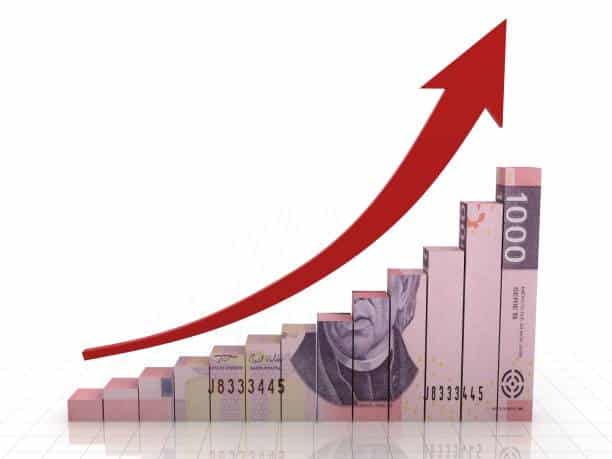
- Corruption: Political corruption still appears to be rife in Mexico, and has spread to almost all sectors of the economy.
- Income Inequality: There is a growing middle class, but a great number of people remain in poverty that contributes to social difficulties.
- Crime and Violence: Drug-related violence and organized crime affect the development and uptake of specific sectors for foreign investment.
- Dependence on the U.S.: Mexico is highly dependent on US economy and market for most of its export products and is therefore likely to experience changes in the economic policies of the neighboring country.
Is Mexico Still an Emerging Market?
To say that Mexico is an emerging market, one would have to make a deep comparison between Mexico and other emerging markets such as Brazil, India and China, among others. Although Mexico has many similarities to other emerging markets through the rising level of industrialization and the increasing number of middle-class citizens, there are several indicators in which the country is below this type of market.
Strengths That Make Mexico an Emerging Market:
- Manufacturing Hub: The automobile manufacturing and electronics making industry in Mexico is relatively well developed and will suit the country nicely in the new global order.
- Strategic Location: It is near one of the biggest markets in the world, thus gaining easy access to the American market.
- Diversified Economy: Mexico is filled with various industries and its economy is standing strong in many aspects, starting from agriculture to even tech industries.
- Expanding Infrastructure: Diffusion of capital intensive and embodied technical progress in energy, transport and communications has helped in raising Mexico’s growth capacity.
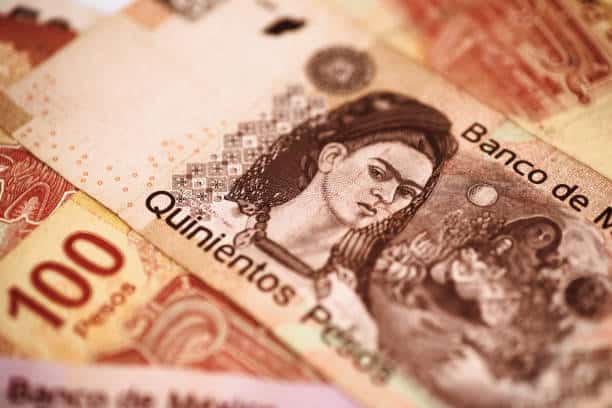
Challenges Holding Mexico Back:
- Political Instability: The fluctuation of government policies exacerbates the problem, and corruption hinders act as a major problem for the investors.
- Inequality and Poverty: Equality, then, is manifestly a matter of significance to all individuals in so far as inequality is dangerous for the economy in the long run.
- Security Issues: This is because crime and violence continue to play a major role in discouraging foreign investment in some areas.
- Dependence on Exports: Mexico’s foreign dependence, especially towards exportation, is susceptible to fluctuations of other countries, such as the U.S.
Future Outlook for Mexico as an Emerging Market
While certain aspects of the future of Mexico as an emerging market appear promising, some aspects are rather uncertain. This is from the relocation of manufacturing centers that are now favored from China making the firm a strategic new world supply chain. The same applies to sectors such as technology, energy and services, which are rapidly developing in Mexico today and in the future.
But, to lock the position among the leading emergent markets, Mexico needs to solve its internal problems. High levels of corruption, high levels of income disparity and crime negate growth and hence the country cannot fully unlock its potential. However, the Mexican economy significantly depends on the US economy and therefore international diversification is inevitable.
Conclusion
Mexico’s IEM status is nuanced, thus he says. On the one hand, the car manufacturing industry, trade partners and fast emerging middle-income population make it favorable for foreign investors. On the other hand, it faces internal threats, which include but are not limited to corruption, inequality and crime, which slow down the growth of this country.
Of course, Mexico is still an emerging market but it could easily climb to a new’safe’ level if only it cleared its thresholds. At the same time the supply chains are being redrawn globally, Mexico finds itself on the precipice of the manufacturing and technology frontier.

